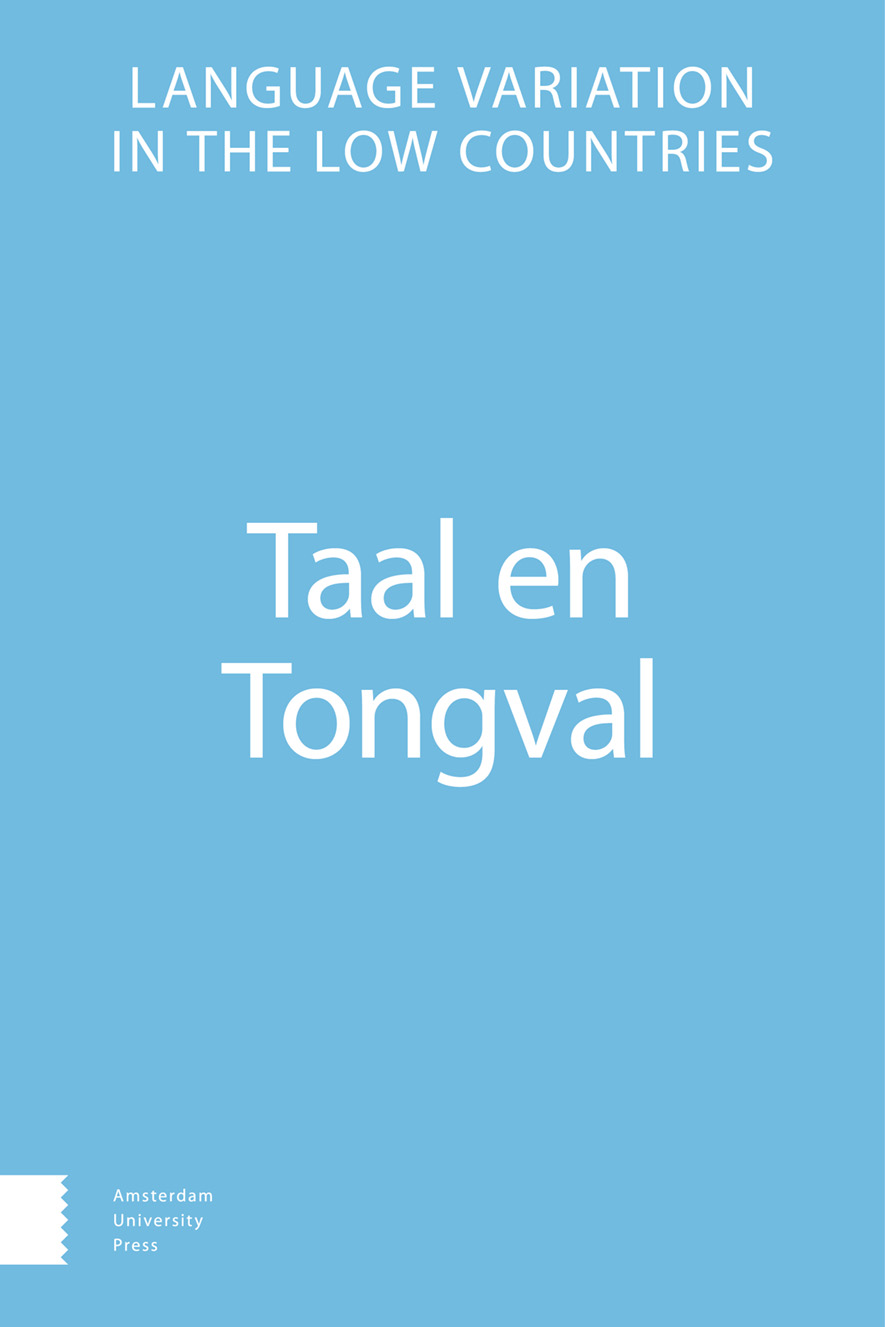-
oa Meervoudsvorming in het Westerlauwers Fries en het Nederlands (en patroniemvorming in het Noord-Fries)
- Amsterdam University Press
- Source: Taal en Tongval, Volume 63, Issue 2, Jan 2011, p. 281 - 301
Abstract
In this article I compare plural formation in West Frisian and Dutch. Regular plural formation in these languages is quite similar. They possess the same plural suffixes, -en and –s, the distribution of which is triggered by the same phonological principles, stress (the trochaic principle) and sonority (the sonority hierarchy). Next to these phonological principles morphological selection plays a role in both languages. Notwithstanding the similarities Frisian and Dutch show a number of differences in their plural formation due to differing phonological or morphological properties of the base word. I discuss some of these, especially plural formation with nouns ending in schwa. Whereas Dutch wavers here between the endings -en and -s with a growing tendency towards -s, Frisian normally has the ending -en. I argue that this variation is caused by the differing status of noun final schwa in both languages: In Frisian noun final schwa is an augment or stem extension, a suffix-like element morphologically selecting the ending -en, whereas in Dutch noun final schwa has become part of the stem and plural formation moves away from the historical morphological selection (-en) towards a purely phonological triggering (-s).


